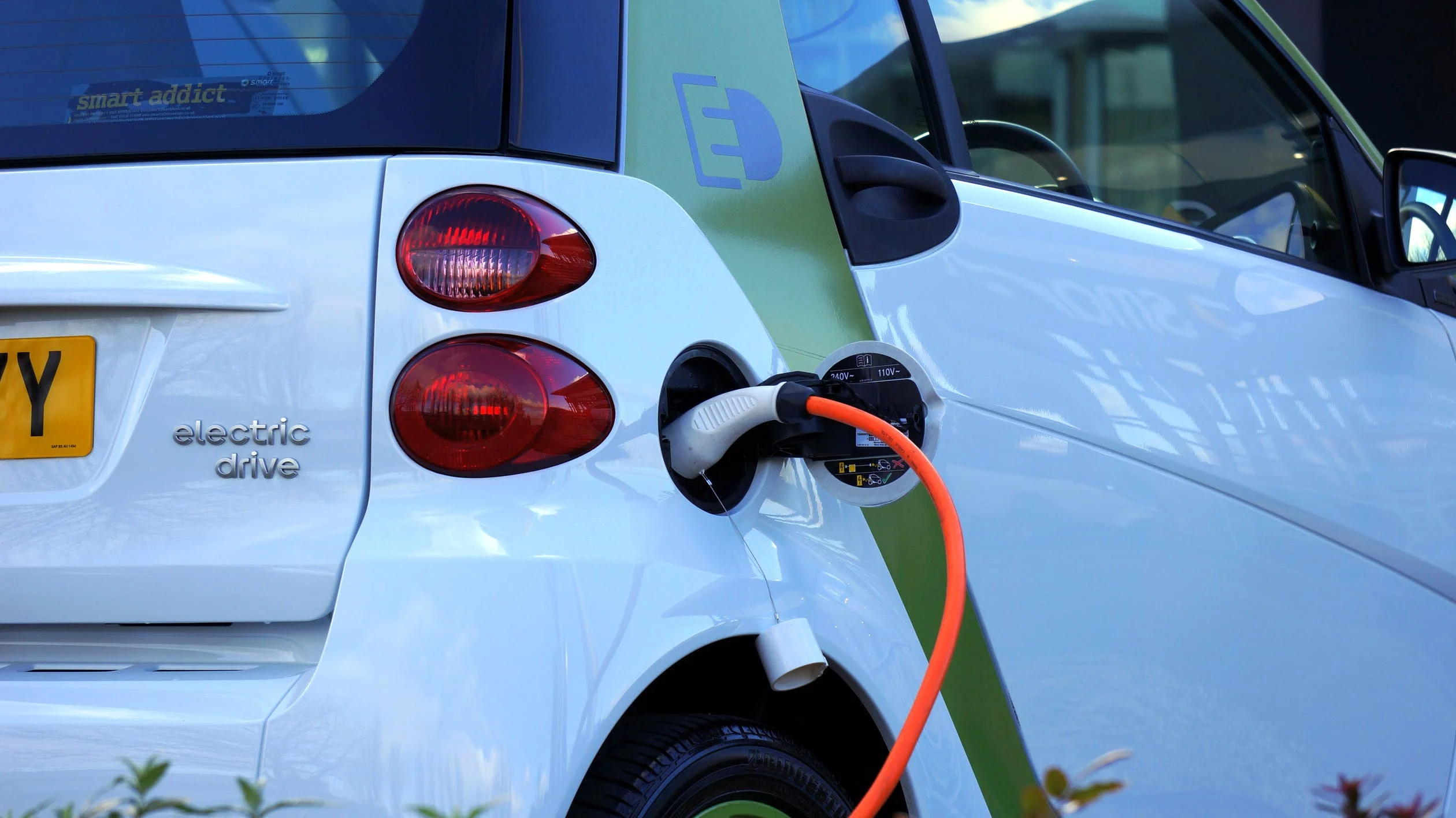Take a ride in an electric vehicle with us. They’ll surprise you with how straightforward they are. A battery management system courses can give better comprehension.
How electric vehicles move
EVs are similar to automatic vehicles. They can move forward and backwards. When you put the vehicle in gear and press the accelerator pedal, the following things occur:
- For the electric motor, power is converted from the DC battery to alternating current (AC)
- The accelerator pedal sends a signal to the controller, which changes the frequency of the AC power from the inverter to the motor to adjust the vehicle’s speed
- The motor connects to and turns the wheels via a cog
- When the brakes are applied or the car is decelerating, the motor converts to an alternator and generates power, which is then returned to the battery.
AC/DC and electric cars
AC is an abbreviation for Alternating Current. In alternating current, the current changes direction at a predetermined frequency, much like a clock’s pendulum.
DC is an abbreviation for Direct Current. Current flows in only one direction in DC, from positive to negative.
Battery electric vehicles
Vehicles that run on batteries
A battery electric vehicle’s main components are:
- Inverter motor
- Battery
- Battery charger
- Controller
- Charging cable
Electric motor
Electric motors can be found in everything from juicers and toothbrushes to washing machines and dryers and robots. They are well-known, dependable, and long-lasting. AC power is used by electric vehicle motors.
Inverter
An inverter is a device that converts direct current (DC) power to alternating current (AC) power, which is used in electric vehicle motors. By adjusting the frequency of the alternating current, the inverter can change the speed at which the motor rotates. It can also change the amplitude of the signal to increase or decrease the power or torque of the motor.
Battery
A battery in an electric vehicle stores ready-to-use electrical energy. A battery pack is made up of multiple cells that are organised into modules. What’s great is that, owners can have a home charger for their electric cars.
Battery technology has advanced dramatically in recent years. Current EV batteries are made of lithium. These have a very low discharge rate. This means that an EV should retain its charge even if it is not driven for a few days or even weeks.
Battery charger
The battery charger converts the alternating current (AC) power available on our power grid to direct current (DC) power stored in a battery. It regulates the voltage level of the battery cells by adjusting the charge rate. To keep the battery healthy, it will also monitor cell temperatures and control the charge. Pursue an online course on electric vehicles and get a better understanding.
Controller
The controller functions as a vehicle’s brain, managing all of its parameters. It regulates the charge rate based on data from the battery. It also translates accelerator pedal pressure to adjust speed in the motor inverter.
Charging cable
A charging cable for standard charging is included and kept in the vehicle. It is used to charge at home or at standard public charging stations. A fast-charging point will come with its own cable.
